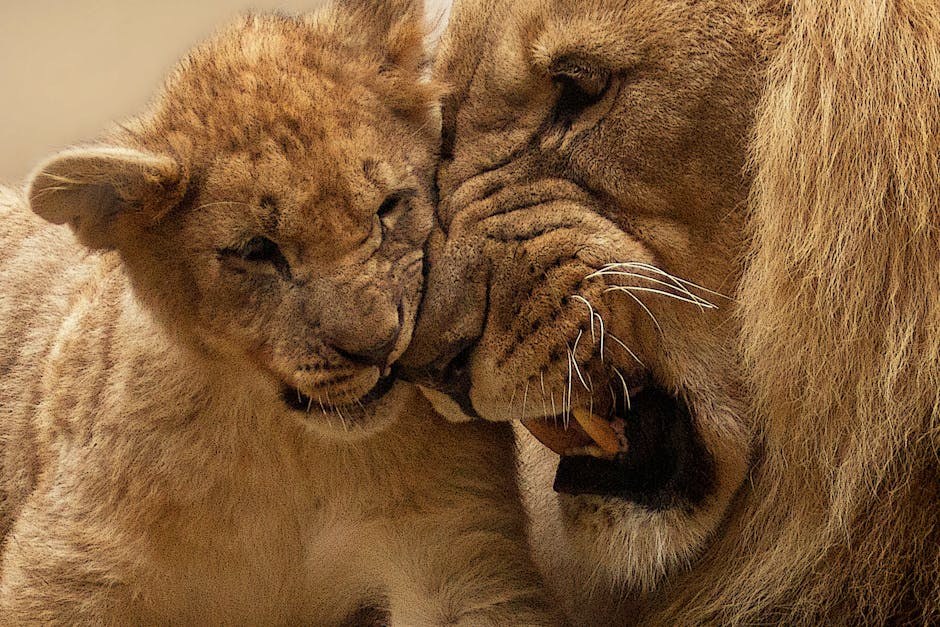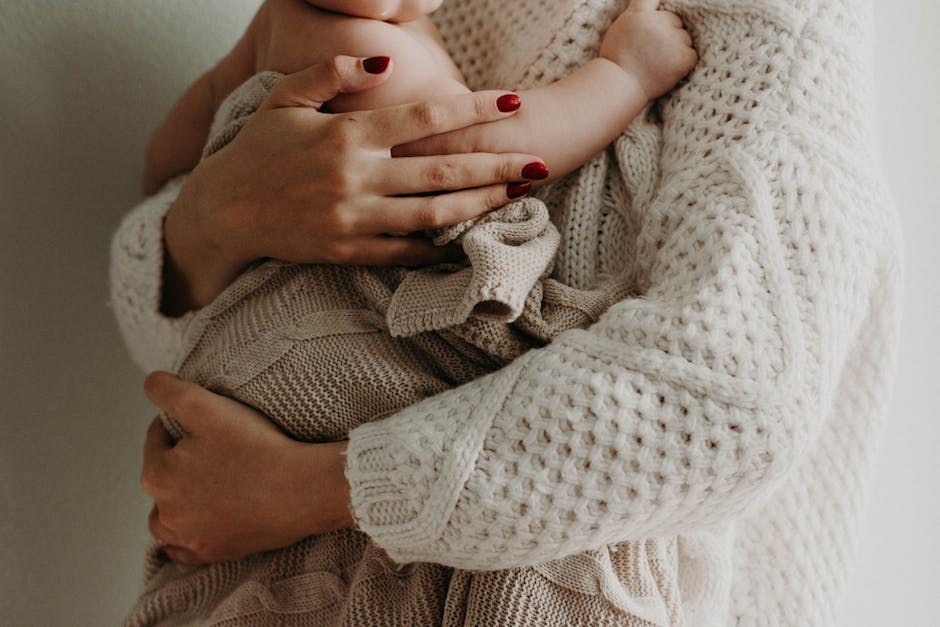Relationships often begin with a bright rush of chemistry, but the story doesn’t end there – it changes shape as you move from a playful crush into something steadier and more intimate. That turning point is where emotional attachment starts to take root. Emotional attachment is not a switch you flip; it’s a gradual pattern of feeling safe, invested, and connected, built through repeated moments of trust, curiosity, and care. In other words, it’s what transforms a fling into a bond that can carry real weight in daily life.
Leaving the Rush of Infatuation Behind
The earliest days of attraction feel easy and almost dreamlike. Then subtle shifts appear: ordinary details about the other person begin to matter, their moods influence yours, and your routines bend gently in their direction. That is often the quiet entrance of emotional attachment, and it rarely announces itself with fanfare. One day you simply realize you’re no longer guessing who they are – you’re learning them with patience and paying attention to the parts that don’t show up in small talk.
Because this transition happens slowly, it’s common to misread it as mere desire or to assume it will pass. Yet the pull of emotional attachment tends to be steady rather than explosive, and it encourages reliability – showing up, checking in, remembering the little things. For some, that feels reassuring; for others used to distance, it can feel unnerving. Recognizing the shift helps you respond thoughtfully rather than tripping into patterns that don’t fit what you truly want.

Attachment Styles: The Lenses We Bring to Love
Not everyone approaches bonding in the same way. Early caregiving relationships shape how we expect closeness to work, and those expectations often echo into adult partnerships. Knowing how you tend to connect won’t lock your future – but it does illuminate why certain patterns feel familiar. Most importantly, it helps you understand the sensations that accompany emotional attachment and how you interpret them in conflict or calm.
Secure Style
People who lean secure usually believe closeness is safe and workable. They trust that needs can be voiced and met, and they assume partners can be both connected and independent. If you recognize yourself here, you likely welcome emotional attachment because it feels like a natural extension of mutual care – not a threat to your autonomy. You can reach out without fear, and you can accept space without spiraling.
Anxious Style
With an anxious pattern, love can feel like holding water in your hands – the slightest gap brings a wave of worry. Reassurance helps, but it rarely lasts. Messages left on read set off alarms, and small delays can swell into big stories. People with this lens often want emotional attachment very badly and may chase it so urgently that they unintentionally strain the connection they’re trying to protect.

Avoidant Style
When closeness is linked in your mind with losing freedom, you may gravitate toward distance. You might prefer self-reliance so strongly that vulnerability lands as pressure. The result: you keep feelings on a short leash, and even caring deeply can come with an urge to step back. Emotional attachment isn’t absent here – it’s simply metered, carefully rationed, or disguised as a focus on plans, work, or solitude.
Fearful-Avoidant (Disorganized) Style
This pattern holds a paradox: craving closeness while fearing it. You may move toward someone and then away again, tugged by the desire to be known and the impulse to stay safe. In this push-pull dance, emotional attachment can feel both essential and overwhelming, which is why pace, honesty, and gentle boundaries matter so much.
How Emotional Bonds Tend to Form
There isn’t a single path into connection – more often, a handful of pathways weave together. Below are common routes people travel as emotional attachment accrues over time.

Shared Intimacy
Physical closeness often amplifies trust and tenderness. Bodies remember patterns of care, and consistent affection can accelerate emotional attachment when it’s paired with respect, consent, and attunement to each other’s signals. The effect is less about dramatic fireworks and more about steady warmth that builds with repetition.
Conversations that Go Past the Surface
Late-night talks, wandering questions, and the safety to say the awkward truth – these moments stitch together a private language. You disclose, they reciprocate, and a new landscape opens. Emotional attachment deepens not just because you’ve traded facts, but because you’ve practiced being real and were met with kindness.
Shared Adversity and Recovery
Difficult experiences – a tough season at work, a family crisis, or an unexpected setback – can forge a sense of “us.” Facing something hard side by side invites emotional attachment by proving reliability under pressure. It’s not the pain that binds you, but the care exchanged while navigating it.
Time Spent, Routines Woven
Consistency is underrated. Small rituals – walking the same route together, cooking simple dinners, sending a quick check-in before a big day – slowly braid lives. This quiet continuity is fertile ground for emotional attachment, because it signals, over and over, “I’m here.”
Selective Disclosure
Sharing a guarded memory or hope is an act of trust. When those revelations are held gently, the nervous system relaxes. Safety grows. Your sense that this person is a good steward of your inner world invites further emotional attachment – not as a leap, but as a step taken after the last step felt secure.
Everyday Signals You’re Moving from Spark to Bond
How do you know that what you feel is more than a passing crush? Think less about dramatic gestures and more about the quiet ways you reorient your life. The signs below are not rigid rules; they simply illustrate how emotional attachment tends to show up in ordinary days.
You go out of your way to make them laugh, not to impress a crowd but because their grin genuinely delights you. You’ll try the silly joke, bring their favorite snack, or change a plan – the payoff is their lightness.
Their mood tugs on yours. When they’re weary, you soften. When they’re proud, you glow. You don’t absorb every feeling, yet you track them with care and want to help ease the hard parts where you can.
Jealousy arrives in small, surprising waves. It’s not a character flaw; it’s a cue that the connection matters. Naming it, rather than acting on it, helps you steward the energy that comes with emotional attachment.
You picture future errands and weekend plans with them beside you. The idea of their absence feels odd – not catastrophic, just misaligned with how your days have started to fit together.
Your mind drifts toward them during commutes or pauses between tasks. You wonder how their meeting went or whether they brought a jacket, and you remember tiny details they once mentioned in passing.
Parting is followed by a gentle pull to reconnect. You send a note on the train home or share a photo that says, “Still thinking of you.” The rhythm is unforced, and that ease is part of emotional attachment.
You rework your schedule – move an errand, shuffle a workout – not out of obligation but because spending time together feels valuable. You’re investing, not sacrificing.
Comfort rises. You can be quiet without apology, wear the hoodie, and let the conversation meander. You no longer perform; you relate.
Other options blur into the background. You’re not scanning the room for greener grass; you’re present where your feet are.
You want your circles to meet. Introducing them to friends and family feels congruent with how central they’ve become in your daily story.
Disclosure feels safe. You talk about tricky memories or fresh hopes and feel understood rather than managed. The reciprocity strengthens trust.
Communication is frequent but not frantic – a thread that runs through your days. You check in out of fondness, not fear, and the steadiness calms both of you.
You grow curious about their passions. You read the book they loved or sample their favorite show, not to mimic them, but because you’re genuinely interested in the world through their eyes.
When Strong Feelings Tilt Out of Balance
Intensity in love can be beautiful. It can also crowd your life if it outpaces perspective. The goal is not to mute emotion but to keep it integrated. When emotional attachment becomes an anchor rather than a sail, it’s time to slow down, breathe, and check your footing. Sometimes the fix is as simple as adding back neglected habits; other times it calls for clearer boundaries and a steadier pace.
How to Recognize an Unhealthy Bend
It helps to notice patterns first, judge them later. Below are signs that emotional attachment may be tipping from connected to consuming. Use them as prompts for reflection rather than verdicts. If any resonate, consider what would bring you back into alignment with your values and daily needs.
Separation spirals into panic. A missed call or a change in plans triggers racing thoughts and a sense of free fall. That’s less about love and more about an overextended emotional attachment asking for care and recalibration.
You declare love fast and often, then repeat the cycle with someone new. Speed can be exciting, but it can also bypass the slow work of truly seeing and being seen.
Delayed replies feel like danger. You know they’re likely busy, yet your body treats silence as rejection. This is where emotional attachment needs more grounding – routines that soothe you regardless of the phone’s glow.
Affection becomes a barometer for being okay. If touch or attention dips, your self-worth dips with it. Healthy bonds allow for varying levels of closeness without unraveling your center.
Jealousy turns chronic rather than occasional. You monitor their interactions and preemptively defend your place. That vigilance drains energy that could be invested in trust, hobby, or rest.
Tears arrive often and intensely – for small disappointments and grand gestures alike. There’s nothing wrong with feeling deeply; the question is whether your reactions match the moment or every moment feels like a cliff.
You plan far ahead before foundations are laid – naming future milestones while still learning each other’s rhythms. Let the architecture of emotional attachment build on shared experience, not fantasy alone.
Friends raise gentle alarms. Those outside the glow can spot imbalances you normalize. If you hear the same feedback repeatedly, it’s worth pausing to listen.
You initiate nearly everything – texts, plans, repairs after conflict – and feel unsettled when you try to wait. Reciprocity is a pillar of sustainable connection.
Your conversations orbit one person. You have other interests, but the topic keeps snapping back like a magnet. Variety protects perspective – and relationships.
Hobbies, sleep, and friendships go dim. What was once nourishing now seems optional. Restoring those anchors doesn’t undermine love; it strengthens it.
Overthinking becomes a constant companion. You examine every word for hidden meaning and dress for hypothetical reactions. Relief arrives when you replace mind-reading with clear questions and honest answers.
Integrating Feeling with Care
There’s a sweet spot between indifference and obsession – the spacious middle where devotion breathes. That’s where emotional attachment supports, rather than squeezes, your life. Honoring your own routines, communicating plainly, and pacing intimacy so both partners can keep up will protect the connection you’re building. If you tend toward racing, try adding deliberate pauses; if you tend toward retreat, practice small steps forward that feel tolerable. Tiny experiments matter.
When you notice yourself clinging, ask what need sits under the urge – reassurance, rest, novelty, or being heard. Meeting that need directly often softens the gripping. When you notice yourself distancing, explore what boundary would make closeness feel safer – a slower calendar, time to decompress after work, or a ritual that lets you reset before you engage. Emotional attachment thrives in clarity because clarity makes care actionable.
Practical Ways to Keep Balance as You Bond
Set tiny, realistic commitments you can keep – a weekly walk, a shared checkout call after stressful days – and let reliability build trust brick by brick.
Keep one personal ritual nonnegotiable. It might be a morning run, a creative hour, or quiet reading. Protecting selfhood prevents emotional attachment from swallowing your sense of identity.
Use plain language. Try phrases like I’m feeling wobbly; a quick check-in would help or I need an evening alone to reset . Directness removes guesswork and reduces dramatic swings.
Notice bodily cues – clenched jaw, shallow breath, racing thoughts – and respond with simple resets: a slow walk, three deep exhales, a glass of water. Regulation steadies connection.
Invite mutuality. Ask what helps your partner feel safe, and share what steadies you. Emotional attachment is a two-person project; collaboration is the point.
Above all, let the relationship unfold at a human pace. Strong feelings don’t require urgent proofs. The steadier you make your daily life, the more room there is for affection to grow without crowding out the rest of who you are. Emotional attachment, handled with care, becomes a generous frame – spacious enough for two full lives and the tender space between them.